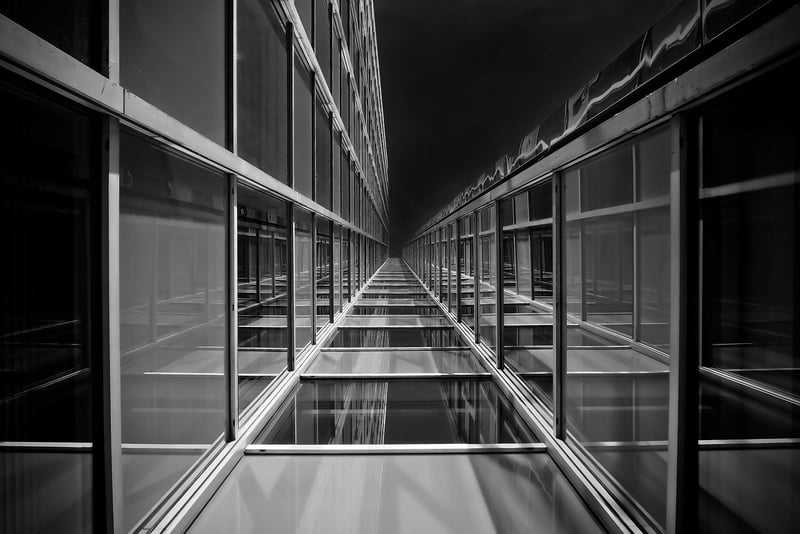Futuristic Cities
Exploring Different Eras and Futuristic Cities
Introduction
From ancient civilizations to modern metropolises, cities have evolved over time reflecting the changing needs and aspirations of their inhabitants. Let's take a journey through different eras and imagine what the cities of the future might look like.
Ancient Era: The Glorious Past
In ancient times, cities like Rome, Athens, and Mohenjo-Daro flourished with grand architecture, bustling markets, and intricate infrastructure. These cities were centers of culture, trade, and innovation, leaving behind a rich legacy for future generations.
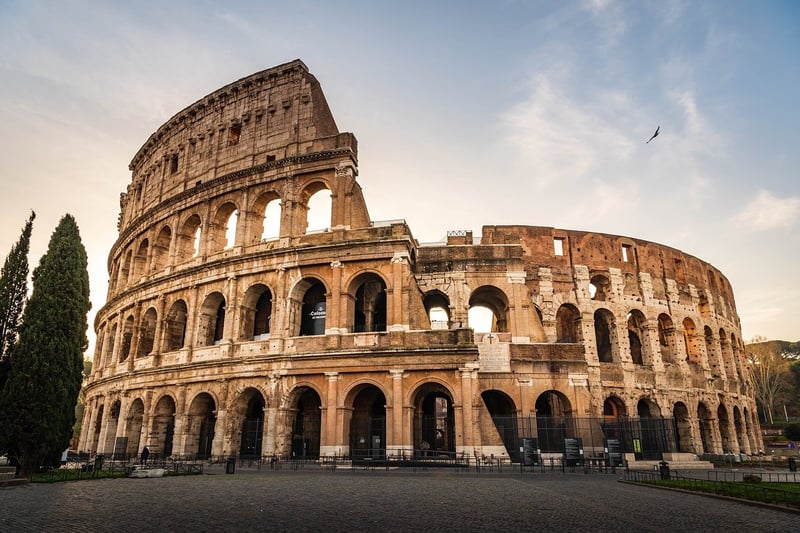
Medieval Era: Fortresses and Trade Hubs
During the medieval period, cities such as Constantinople, Baghdad, and Venice emerged as powerful centers of commerce, learning, and diplomacy. Walled fortresses, grand cathedrals, and bustling markets defined the urban landscape.
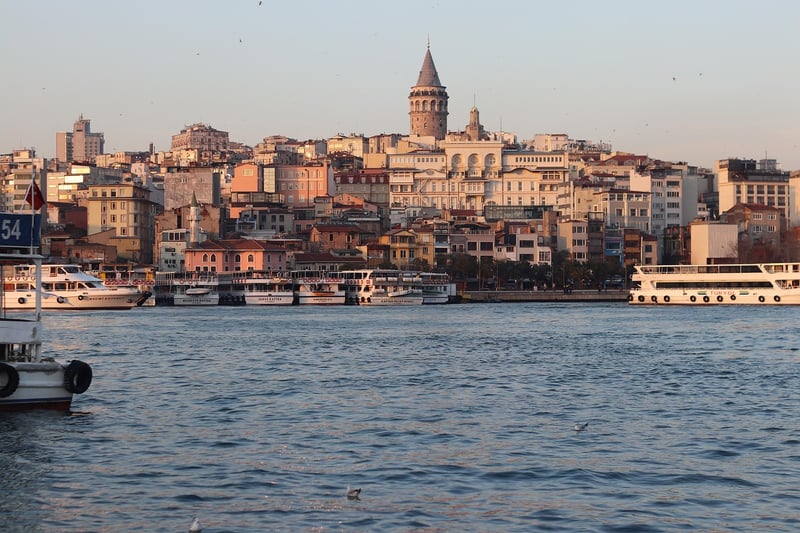
Industrial Era: Rise of the Modern City
The industrial revolution transformed cities like London, New York, and Tokyo into modern hubs of industry, technology, and culture. Skyscrapers, factories, and mass transit systems reshaped urban life, leading to rapid urbanization.
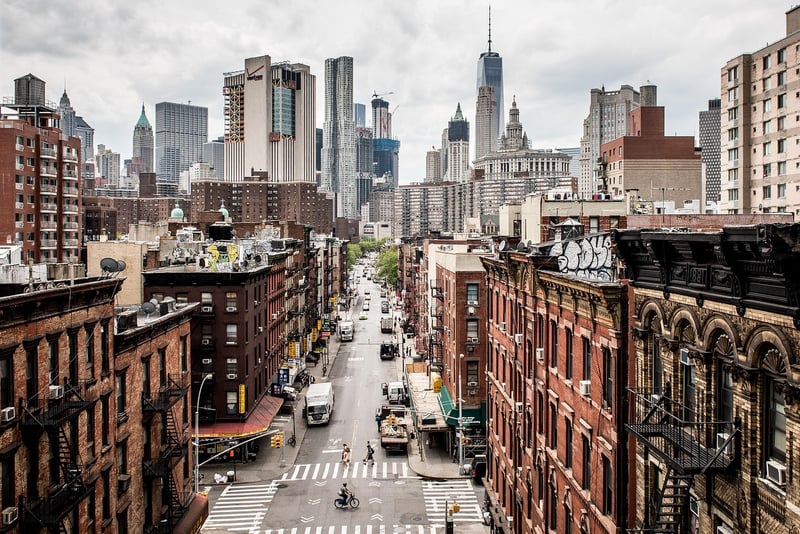
Contemporary Era: Smart Cities and Sustainability
Today, cities are embracing smart technology, sustainability, and urban planning to create livable and resilient urban spaces. Cities like Singapore, Copenhagen, and Barcelona are leading the way in innovation and sustainability.
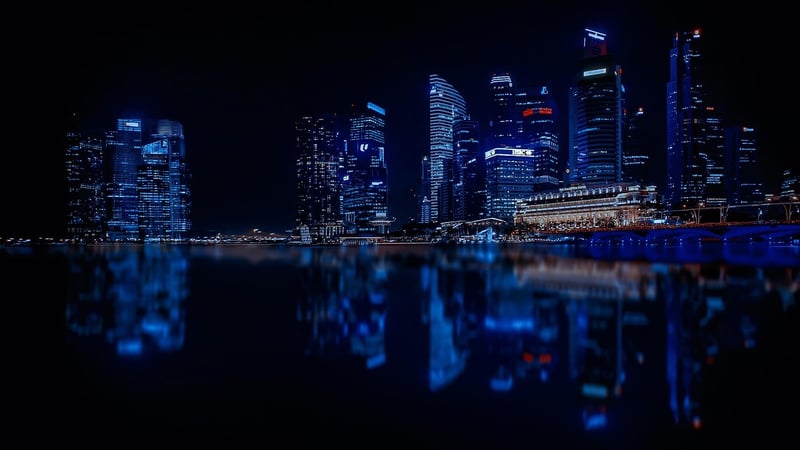
The Future: Imagining Futuristic Cities
As we look ahead, futuristic cities promise to be eco-friendly, high-tech, and interconnected. Concepts like vertical gardens, renewable energy, autonomous vehicles, and sustainable architecture are shaping the urban landscapes of tomorrow.
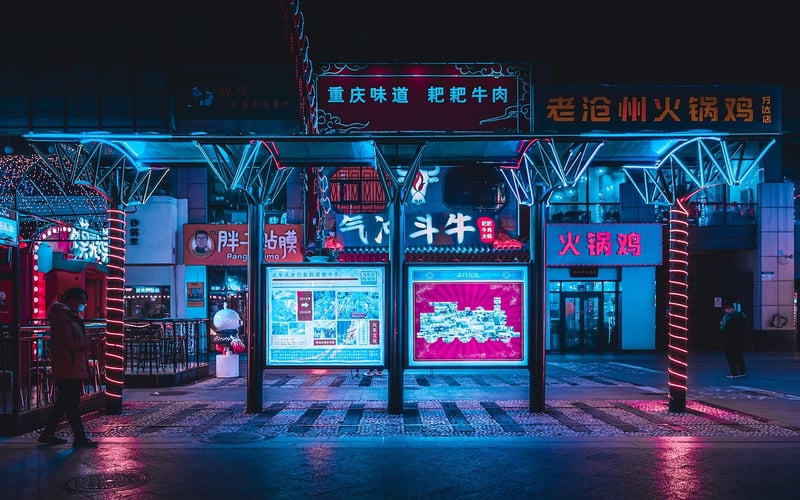
Conclusion
Exploring the evolution of cities across different eras provides insights into how urban environments have adapted and transformed over time. By learning from the past and embracing innovation, we can create sustainable, inclusive, and vibrant cities for the future.
